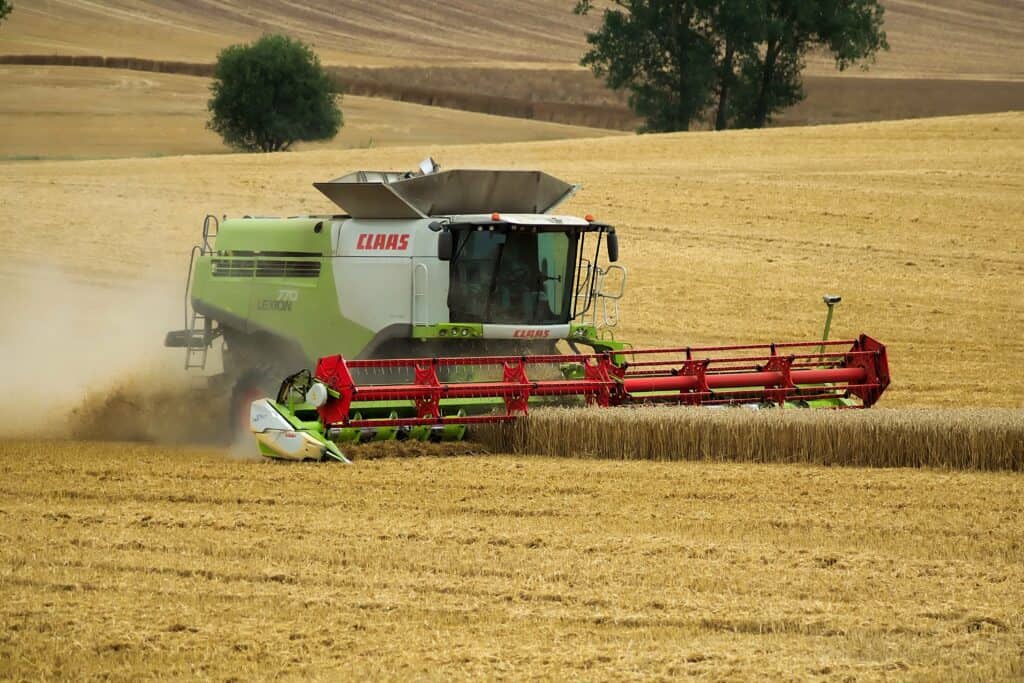Grain-free kibbles, fresh meat, carbohydrates, ashes. Nowadays, many brands use terms that are as varied as they are unfamiliar (or misunderstood) to the general public. Today, we have decided to enlighten you on the terms used and what they really mean.


The meat in the kibbles, all you need to know.
In dog food, it is the meat that provides the protein, which the dog badly needs to grow, develop and maintain its muscles, and simply to live. When buying croquettes, it is important to look at the origin and type of "meat" used, as well as its proportion. It is imperative that the protein source represents thelargest percentage of the kibble's analytical composition. Although meat is the main source of good kibble, it should not be just meat either, as we have already seen in our article "How to feed your dog" . In order to make the right choice, we have decided to highlight certain aspects that should not be overlooked.Fresh meat 🆚 dehydrated meat 🆚 meat flour

Fresh meat
The big question around meat is its quality. We strongly recommend the use of fresh meat in croquettes for several reasons. Firstly, we know what is in the recipe because the meat we put in is fit for human consumption. So there are no beaks, feathers or legs in this meat, only muscle. Secondly, the fresh meat, once the croquettes are in the bowl of our dear four-legged friends, will have undergone only one cooking, where the others will have undergone at least 2, diminishing the quality and quantity of the nutrients present in it. Finally, fresh meat offers more palatability for the dog, an important criterion for the latter since he will choose to eat the kibble if it has a good smell. But beware of the trap: depending on the country where the croquettes are made, it could be meat flour mixed with water to recreate "fresh meat" ... You might as well know that it is only fresh in name!Dehydrated meat
Now let's talk about the dehydrated meat. As a reminder, it is a meat that has been dried and crushed.. In terms of quality, we can find the best as well as the worst. That is why it is always important to find out about the quality of the latter. Do not hesitate to contact your distributor, he should be able to inform you (otherwise expect the worst...).Meat flours
Finally, meat and bone meal is to be avoided at all costs as it is all animal remains, unfit for consumption (all waste) mixed, crushed and dried. At Colonel GustaveWhat about Colonel Gustave's?
At Colonel Gustave's, our first recipe is based on chicken. It is the main ingredient since it represents 45% of the recipe. Our chicken comes from a farm in West Flanders, so we know where it comes from and that it is fresh quality meat. We have chosen to use as much fresh meat as possible, and to supplement it with quality dehydrated meat (or dehydrated chicken protein) to achieve the desired level of protein. It is not possible to use only fresh meat in order to respect the final moisture content of the croquette, without overcooking.Single-protein recipe 🆚 multi-protein recipe
Some dog kibble recipes are created around a single source of animal protein, others contain several different ones. On this point, there is no real advantage or disadvantage to choosing one or the other formula. The only point that is important to stress is that if a dog is allergic to a kibble, it is easier to determine its origin if there is only one protein. If the recipe contains chicken, duck and salmon, and the dog has digestive or other allergy-related problems, it may be one of the 3 sources of meat. In a recipe with only chicken, there is no hesitation to have.Beware of misleading messages on packaging
Some brands display information on the packaging that is not false, but misleading, it is important to pay attention to this. It is not uncommon, for example, to see "70% duck" written in large letters on the front of the packet, and when you look at the list of ingredients, you notice meat (20% of which duck, 70%). This means that not 70%, but 70% x 20%, or 14% of the total recipe is made with duck.Cereals in the kibbles: beware!
Many croquettes are made with cereals, sometimes even the majority of them. Here's what you need to know.What is the problem with cereal kibbles?
Like humans, dogs can develop intolerance or even allergies to gluten and also have digestive problems due to cereals. Cereals can also be the cause of obesity, especially when they make up the majority of the kibble.But then, why do some brands like to use cereals so much?
Some brands, in an effort to reduce their production costs, are going to use cereals and go so far as to put a majority of them in the recipe. Indeed, cereals are the cheapest ingredient that can be used in the composition of croquettes.What about Colonel Gustave?

We have chosen to make only recipes without cereals, so as not to poison our dogs and to help them have a normal digestion. In our first recipe, we use potatoes and peas to find the starch needed to make them.
Carbohydrates in croquettes, good or bad?
It's a question that is the subject of a lot of ink. As in all subjects, it is necessary to be able to nuance certain aspects in order to fully understand the issue. Come on, let's go! It is true that the wolf, ancestor of the dog, is a complete carnivore. Dogs, for their part, have adapted to an omnivorous diet by living alongside humans for almost 40,000 yearsnow.. This is why they need a complex and balanced diet with the right amount of proteins, fats, fibres, etc... A kibble that is too rich in protein (which should be given in large quantities to have the least amount of carbohydrates) is not ideal for dogs with digestive problems, soft stools and kidney problems, among other things. Contrary to some of the shortcuts one might hear, it is not carbohydrates that are the problem for dogs but starch molecules (which often go hand in hand with carbohydrates). The dog, because of its specific anatomy, will have difficulty digesting starch if it is not "broken". Starch molecules can therefore be broken into much smaller molecular chains. This goes through two axes.- On the one hand, the grinding of foods with carbohydrates and starch in their composition (such as peas in our recipe).
- On the other hand, by a specific extrusion technique that allows the starch molecules to be broken even more. As a result, our kibbles have a gelatinisation rate of over 95%, which indicates that the starch molecules have been sufficiently broken down and are no longer a problem.








